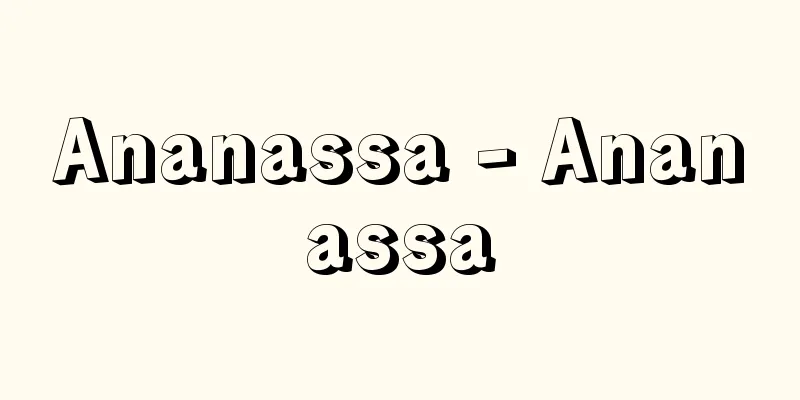August Endell

|
1871‐1925 German architect and craftsman. Self-taught, he began his artistic career and participated in the establishment of the Munich United Werkstätte in 1897, becoming a Jugendstil (Art Nouveau) architect and craftsman. During his short career, he designed the Elvira Photo Studio (Munich, 1898) and the Bundestheater theatre (Berlin, 1901), among others. His distinctive non-representational architectural decoration using stimulating curves served as a bridge to Expressionism. [Sugimoto Shunta] Source: Heibonsha World Encyclopedia, 2nd Edition Information |
|
1871‐1925 ドイツの建築・工芸家。独学で芸術活動を始め,1897年のミュンヘン連合工房の設立に参画,ユーゲントシュティール(アール・ヌーボー)の建築・工芸家となった。短い活動期間にエルビラ写真館(ミュンヘン,1898),劇場建築ブンデス・テアター(ベルリン,1901)などを手がける。刺激的な曲線を用いた非具象的な建築装飾を特徴とし,表現主義への橋渡しをなした。【杉本 俊多】 出典 株式会社平凡社世界大百科事典 第2版について 情報 |
>>: Endymion (English spelling)
Recommend
Waddenzee
…The East and West Frisian Islands were originall...
Eskimo Music - Eskimo Music
...hunter-gatherers who live in the far north fro...
Antenna - Antenna (English spelling)
A device for absorbing (receiving) or emitting (t...
Asanoha pattern - Asanoha pattern
A continuous pattern in the shape of hemp leaves. ...
guttation
…In addition, vomiting, diarrhea, and fever are l...
Bachelor
...It can also mean the exam to obtain this quali...
New Kabuki Juhachiban
A group of Kabuki plays established by Ichikawa D...
Prophets
It refers to the literature of the prophets. It i...
formation
...Since physiognomy can be seen at a glance as s...
Tokyo Olympic Games - Tokyo Olympic Games
The 18th Olympic Games were held in Tokyo in 1964....
Abedeen, HS - Abedeen
…The fortresses of Bayat, Shahbulak, and Shusha, ...
Attusikarupe - Attusikarupe
...The bark of the linden tree and the elm tree i...
Toshiki Sano - Toshiki Sano
Architect and authority on earthquake-resistant c...
Musical bow - Gakkyu (English spelling) music bow English
An instrument that sounds the string of a bow. It...
Kim Dong-in
Korean novelist. While studying in Tokyo, he publi...









